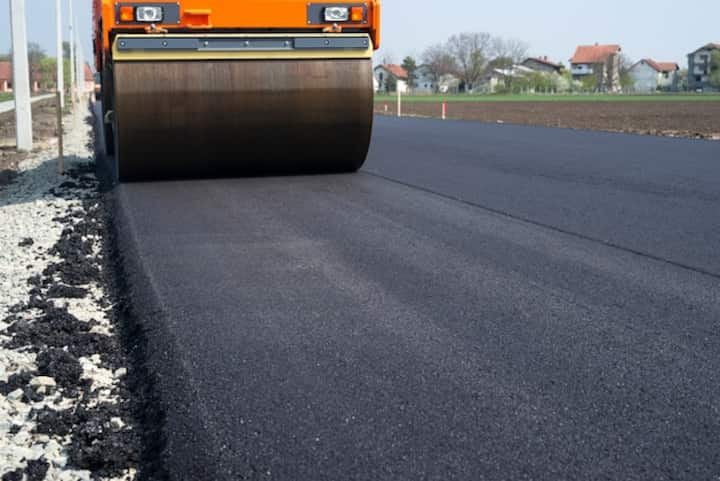
Expert Tips for Effective Asphalt Crack Repair
Asphalt crack repair is a critical aspect of maintaining the longevity and appearance of paved surfaces. Unattended cracks can quickly expand, leading to more extensive damage and costly repairs. Understanding the process of effective asphalt crack repair can save property owners time and resources. This article outlines expert tips and techniques to guide you through a successful repair process, ensuring your asphalt remains durable and visually appealing.
Understanding the Importance of Asphalt Crack Repair
Repairing cracks in asphalt surfaces is vital for several reasons:
- Prevention of Further Damage: Cracks allow moisture to infiltrate, which can weaken the underlying structure.
- Cost Efficiency: Timely repairs are significantly less expensive than full-scale resurfacing.
- Enhanced Safety: Cracks can pose tripping hazards to pedestrians and cause damage to vehicles.
Learn more in this detailed guide on the importance of timely crack repair by visiting this page.
Preparation for Asphalt Crack Repair
Assessing the Damage
Before beginning repairs, it is crucial to assess the severity and type of cracks present. This will determine the most suitable repair method:
- Surface Cracks: Usually cosmetic but can lead to more significant issues if ignored.
- Deep Cracks: Indicate structural issues that require more intensive repair methods.
Explore further insights here on how to categorize and assess asphalt damage by visiting this informative page.
Cleaning the Area
Proper preparation involves cleaning the cracked area thoroughly to ensure the repair material adheres correctly:
- Remove debris using a wire brush or broom.
- Use a high-pressure washer to clear out any remaining dirt.
- Ensure the surface is dry before proceeding with repairs.
Find additional information here on preparing the asphalt surface for repair by checking out this guide.
Choosing the Right Repair Method
Depending on the type and extent of the cracks, various repair methods can be employed:
- Crack Sealing: Ideal for preventing moisture infiltration in smaller, less severe cracks.
- Patching: Suitable for larger cracks and potholes, providing a more robust solution.
- Overlay: Involves applying a new layer of asphalt to cover extensive cracking.
Read more about this topic and the different repair methods at this source.
Executing the Repair
Sealing Cracks
For sealing, use a high-quality crack filler, applying it with a caulking gun or pour pot. It is essential to fill the crack adequately, then smooth the surface with a trowel to ensure a level finish.
Patching Larger Areas
For larger areas requiring patching, clean and prepare the area before applying a patching mix. Ensure the patch is compact and level with the surrounding surface to prevent future damage.
Find additional information here on effective execution by following this link.
Post-Repair Maintenance
After repairs, ongoing maintenance is crucial to prolong the life of the asphalt surface:
- Regularly inspect for new cracks and address them promptly.
- Sealcoat the surface every few years to protect against UV rays and moisture.
- Ensure proper drainage to prevent water accumulation.
Explore further insights here on maintaining repaired asphalt surfaces by visiting this page.
For feedback on the effectiveness of these solutions, consider checking out customer reviews here: Check out customer reviews here.